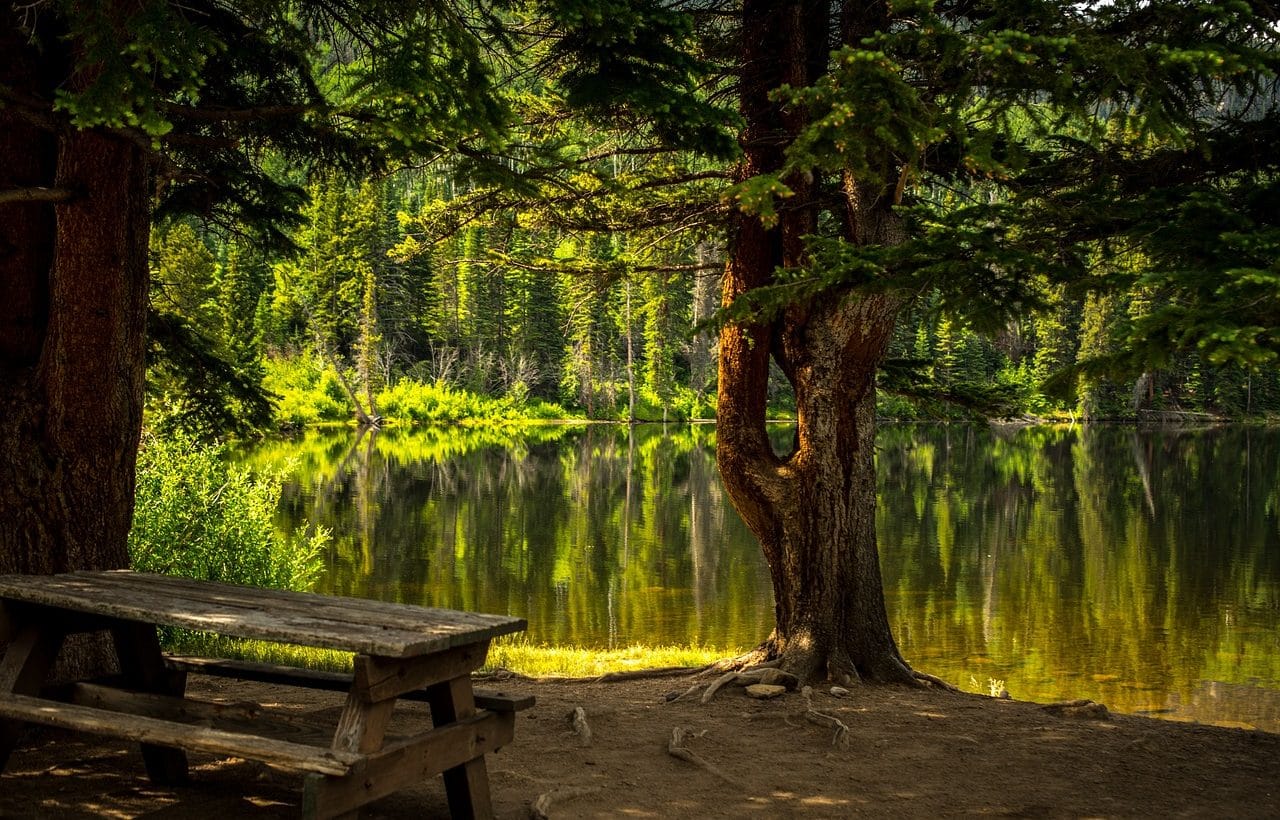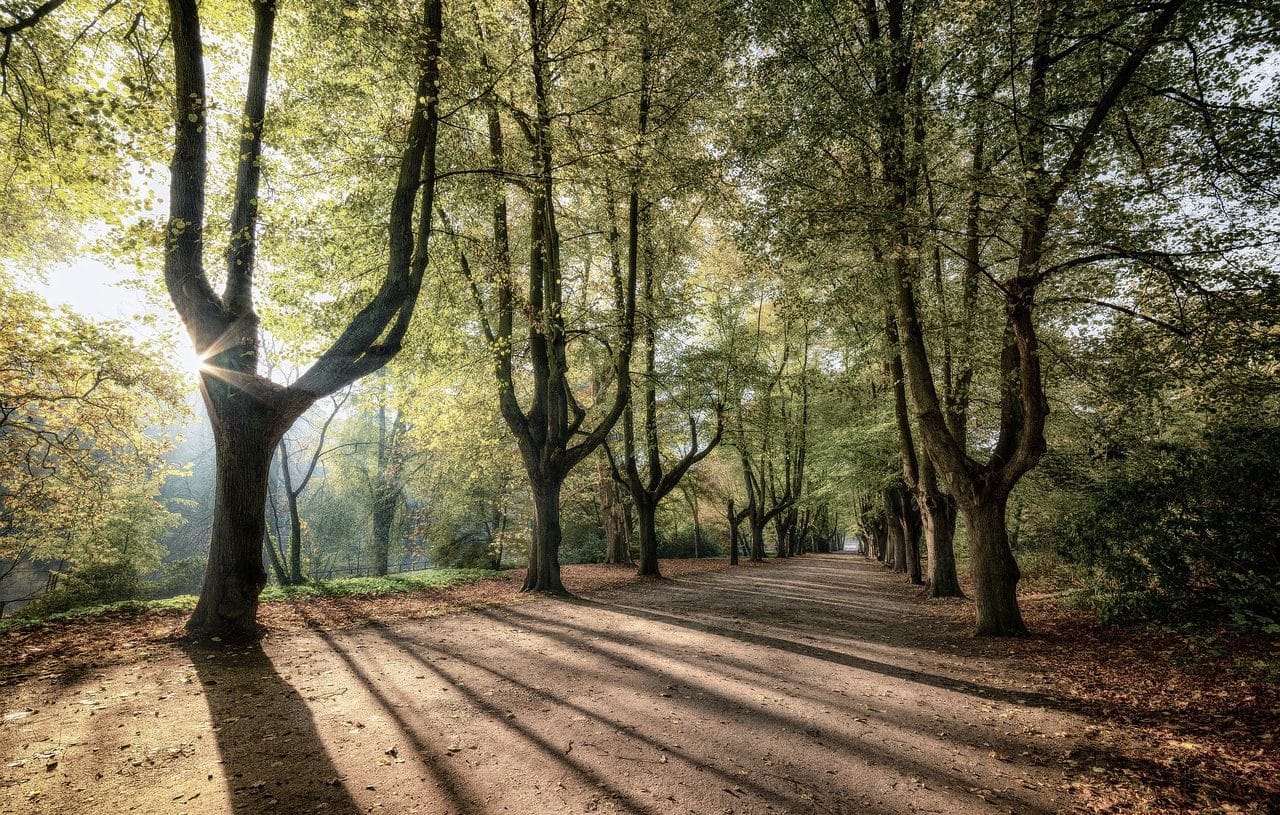
Natural parks are protected by the State.
A natural park is an outdoor area that, due to its particularities in terms of biology , is guarded in a special way by the State . In natural parks there are various limitations on human action, to prevent it from degrading the ecosystem.
The progress and advancement of civilization means that, many times, nature is affected by human activities. The overexploitation of resources and uncontrolled urbanization sometimes cause irreparable losses to the ecology .
What is a natural park
To prevent this damage, a government has the possibility of protecting certain areas due to their importance for the environment . Among the different ways that this protection can be achieved is the creation of a natural park .
It should be noted that the notion of park usually refers to a green space that is used for rest and recreation. It may be located within an urban context (in a city) or it may be a region far from population centers. Natural , for its part, is an adjective that names what is linked to nature (the set of living beings and physical factors).

A natural park can have different characteristics.
Examples in Spain
In Spain , the notion of natural park is very common to name protected areas, either on the land surface or including the sea. Let's see below some of its most notable natural parks:
Natural Park of the Sierras de Cazorla, Segura and Las Villas
It is located in Jaén and is the largest in the country, with 209,920 hectares of surface. It was created in 1986 . This territory, in addition to being a natural park, is a biosphere reserve (declared by UNESCO ) and a special protection area for birds.
Its visitors are dazzled by the beauty of its relief, which combines the height of the mountain with the depth of the valleys, the rock walls with the pine forests. Its three highest peaks, which exceed 2,000 meters, are La Cabrilla , Cabañas and Empanadas . The hydrographic network present in this natural park not only completes the balance of the flora and fauna of the place, but also opens the doors to a large number of activities, such as hiking along the Borosa River and boat trips in the Tranco reservoir. .
Cabo de Gata-Níjar Natural Park
It is the first protected maritime-terrestrial park in the Andalusian community. Cabo de Gata-Níjar has also been recognized internationally as a Biosphere Reserve , thanks to its large number of exclusive species, being one of the most arid ecosystems on the European continent and the contrast between its landscapes of land and sea, the which is accentuated given that this area does not go through periods of low temperatures.
Part of the captivating beauty of this natural park is due to the combination of colors provided by its fossil beaches, domes and lava flows. On its 50 kilometers of coastline are the urban beaches of San José and Aguamarga , the coves of Enmedio and Carnaje , the natural beaches of Los Genoveses and Mónsul , and the volcanic cliffs and reefs such as Mesa Roldán and Punta de los Muertos .
Armañón Natural Park
It is located in the northwest corner of the province of Vizcaya , in the Basque Country and is characterized by having a steep relief. The masses of Los Jorrios , Armañón and Peñas de Ranero predominate in its landscapes, among which groups of small mountains ( cordales ) can be seen.
Some of the activities that the Armañón Natural Park allows are mountaineering, hiking , climbing and paragliding, without overlooking outdoor meals. Its forests, meadows and hedges merge with its rocky spaces to create imposing and unforgettable views.
